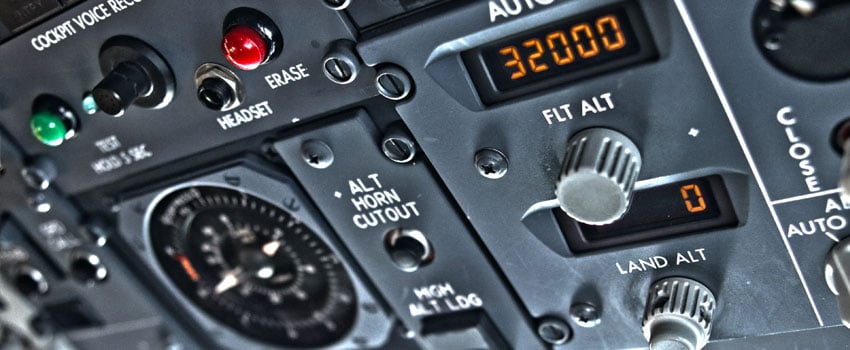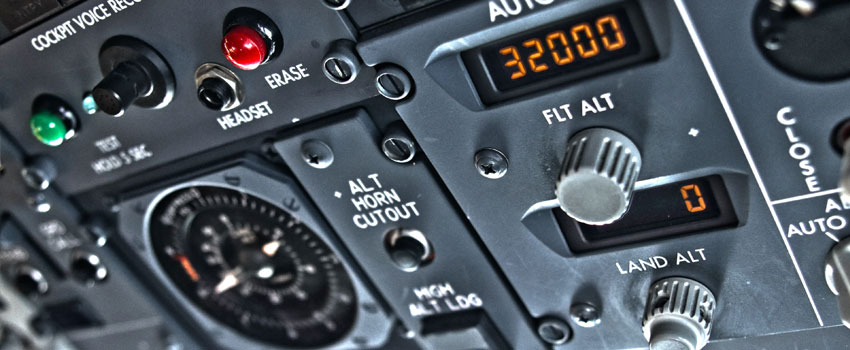
Airlines need to be able to run efficiently and safely - and the best way to do this is to ensure you have the best systems and processes in place that can help effectively utilise your employees’ time. However, if one cog is “out of place”, the whole system can grind to a halt, affecting this utilisation.One such area that can be overlooked as affecting utilisation is document management.
The right document management system can mean all the difference between a smooth running operation, where all employees can have access to the right information at the right time, or a halted operation where employees are left waiting for that information because their document management system couldn’t deliver. In aviation the delivery of a new platform can have far reaching document management affects as we have seen with the recent A350 fleet deliveries.
While there are many different kinds of solutions, systems and services out there, it’s important that the one you choose should not only help your employees effectively manage all important documentation and data, but to also help save your organisation time and increase efficiency overall (and money).
In this article, we list five of the most important features that an effective document management system should have.
1. A Centralised Repository
The ability for your employees to be able to view all of their flight and operation manuals, both digitally and in one central location, is incredibly useful, particularly when instant access to mission-critical data is paramount. With DocuNet, for example, the latest versions of all manuals are digitally stored in one place and in the same format, allowing access to revised content with ease.
Comprehensive document distribution and tracking features also provide a controlled environment that ensures all manuals are up-to-date before take off.
2. Super-Fast Updates
The nature of manual content is always in flux, so it’s essential that updates can be completed quickly and as easily as possible. With DocuNet, you get super-fast delta updates, meaning that only the elements that have been changed are downloaded, instead of the entirety of the manual.
For your pilots, this means less time waiting to download important revisions. For your organisation, it means huge savings in data costs, making information easier to be updated, even when in remote locations.
3. Instant Access
Much of your employees’ time can be wasted on mundane manual tasks such as sifting through thousands of pages on their viewer looking for the correct information. With DocuNet’s powerful built-in search function, this can help employees access the necessary information - almost instantly.
Searches can be performed in current manuals, a group of manuals or even the entire library of manuals. This could take several minutes on other platforms, but with DocuNet can be done in seconds. Additionally, hyperlinks can provide easy access to the right information where required.

DocuNet also offers the ability to seamlessly jump between sections in the same manual, a different manual or even go to external websites without delay. Your employees can go from OMA to their FCOM to their QRH and back again instantly by opening multiple manuals in multiple tabs.
4. Multimedia Content
You never know what your employees might need when they’re 25,000 feet in the air. That’s why DocuNet’s offline viewer accommodates extensive multimedia content such as animations, audio and video (such as a new airfield briefing), and they can do this from within the OMC easily.
5. Customisation
DocuNet includes “revision-resilient annotations” - which means your employees can benefit from annotating all published content instantly, which will survive any frequent document updates. This allows for large, persistent annotation libraries that act as personal memory aids. Being cloud-based, any personal annotations will also sync across other devices, saving precious time from having your employees do this manually. This level of customisation will also mean your employees can have manuals which are their own personal copy.
Conclusion
Document management is a key and often under valued component in an airline organisation. With the right system, it can truly benefit the utilisation rates of your employees and vastly improve your organisation’s efficiency in the long-term. So to recap, five effective features of a document management system are:
- Being able to access documents from within a centralised repository
- Providing quick and efficient updates at any time
- Giving instant access to the right information, from any location
- Providing multimedia content access in a range of formats
- The ability for customisation such as personal annotations to be done easily, without fear of deletion through frequent manual updates
Keeping your mission-critical manuals and documents up-to-date is a vital aspect of an airline's operations - therefore, using a good document management system is an absolute must. However, finding the most reliable, optimal and compliant system can be a dilemma. Download our free insight to learn how to choose the best document management system for your airline and the key points you should consider.
Photo by Dan Lohmar on Unsplash

